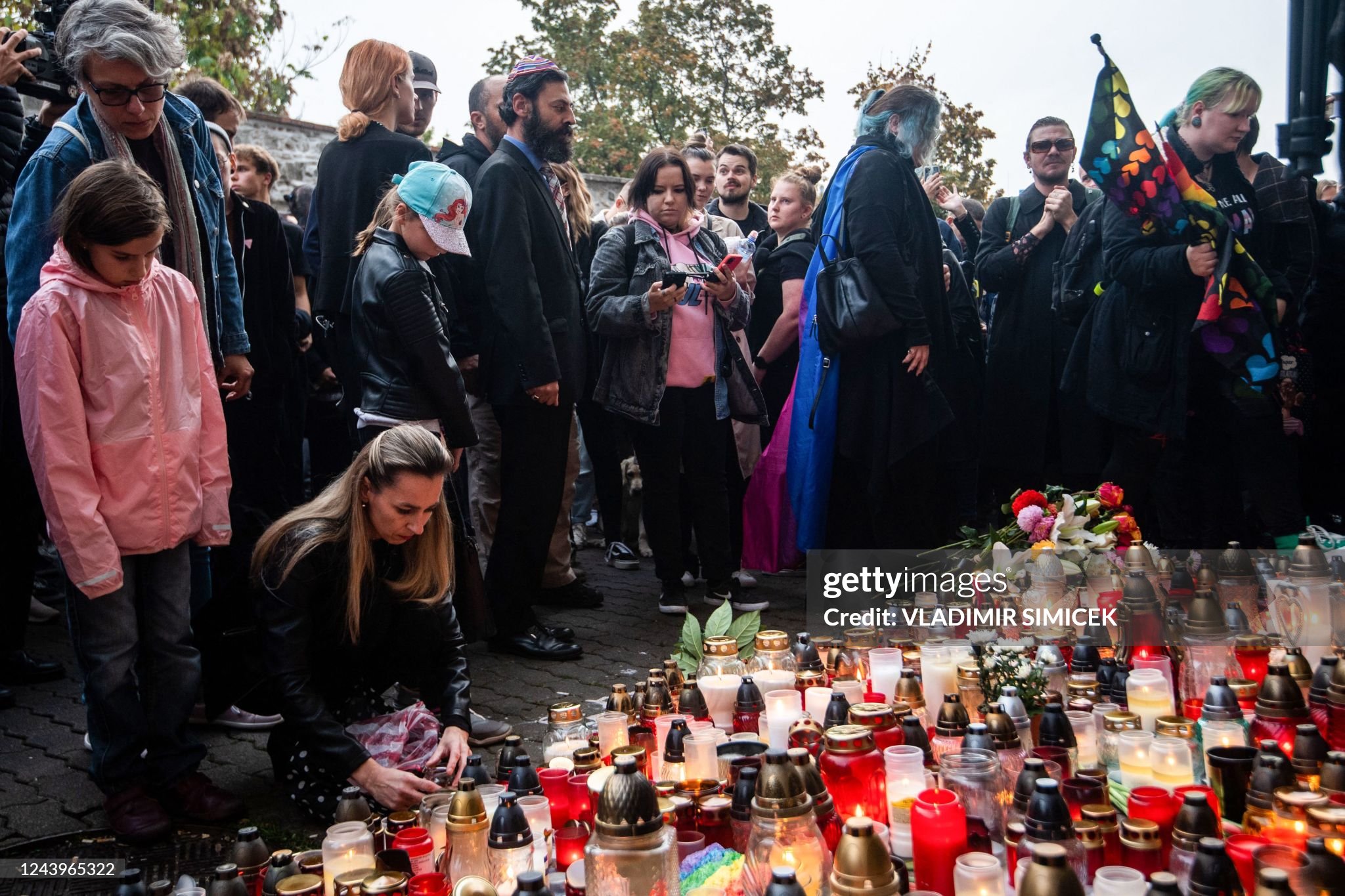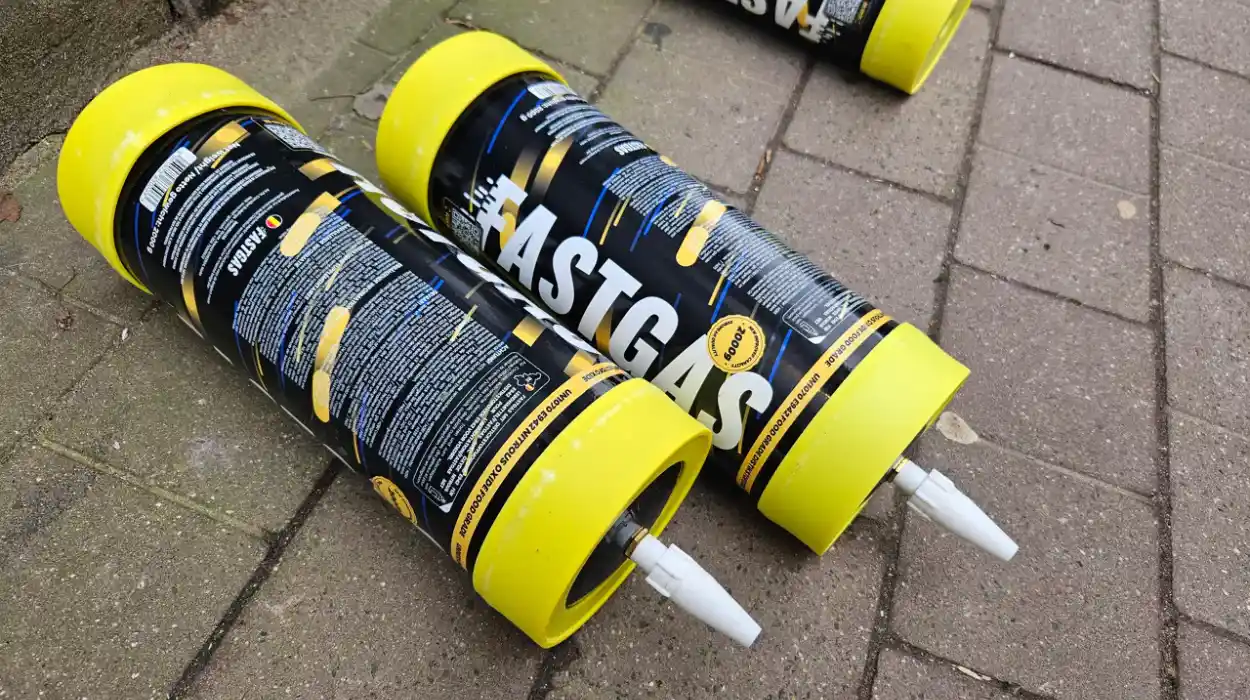Beata Mierzwa studies cell division as a postdoctoral researcher at the University of California San Diego. In 2013, she founded Beata Science Art, a science art brand where she produces science illustrations, fashion, and other interactive content to help bring out the beauty in science.
Could you please describe your science journey?
My interest in cell division began when I saw an image of a dividing cell during an undergraduate lab internship. I found it beautiful and was amazed by how much we still don’t know about this process. In graduate school at the Institute of Molecular Biotechnology, I studied the final steps in cytokinesis and the pathways that control the separation of the membranes. Now, in my postdoctoral work, I use CRISPR techniques to identify new genes involved in mitosis and cell division.
What encouraged you to start creating science art?
I loved science and art, but I never thought that I could combine the two. I considered doing art projects on the side during graduate school, but I got really involved with my research, so that never happened. One day, I had an opportunity to make a science illustration as part of a gift for my fellowship program’s directors. I drew a representation of the last step in cell division, the focus of my research. I didn’t know how my science art would be received, but when I used my illustration during a talk, people became interested in my research and remembered it through my drawing. The positive feedback showed me the power of sciart for communicating research and encouraged me to continue artistic endeavors.
Mierzwa translated a microscopy image from her graduate research into an illustration that captured her research studying cell division in a more approachable visual metaphor depicting cell division with scissors.
Beata Edyta Mierzwa
Where did the idea for science fashion come from?
I realized that most people don’t get to see how beautiful cells are under the microscope, so I decided to print some of these images onto fabrics to share them with others. The amount of people at conferences and outside of science that became curious and excited about my work just by seeing these prints amazed me. I saw this as another great tool to connect with people, so I created a line of fashion inspired by my images and art. I also hosted a science fashion show as part of a science ball that is held in Austria, where I completed my graduate work, and continued the idea in San Diego as part of other events. They are fun and offer a great science outreach opportunity.

Mierzwa captures fluorescent microscopy images as part of her research and to turn into science-inspired fashion, such as the shawl covered in fluorescently-labeled cells that she wears.
Matthew Cooney
How do you translate scientific findings into art?
I use visual metaphors to translate complicated concepts into something that is familiar but keeps the scientific details intact. For example, I used the idea of Lego people moving around Lego bricks in a bigger structure to represent the dynamic activity of filaments in cell division. I also try to make the illustrations interesting on multiple levels, so I include a lot of scientific details that a researcher in the field will recognize but depict a general concept that a non-expert can understand.

Mierzwa hosted a fashion show that featured designs she created from microscopy images printed onto a ballroom skirt.
Matthew Cooney
What do you enjoy most as a sciart creator?
My favorite part of these projects isn’t always the final product. Instead, I like conceptualizing the piece and working with the authors to create it. Sometimes everything comes full circle, and something I read about for an illustration introduces me to new ideas and techniques that I use in my own research.
This work also opened my eyes to all the creativity in science that we don’t realize is there. Scientists have to think creatively about how they can learn information from their cells and design those experiments, but they also need to represent that information in a way that makes sense. However, resources around this type of science visualization and science art aren’t represented well, so trainees and scientists aren’t aware of things like conferences and careers in this field. I never considered myself as a science communicator when I started research, but I’ve learned that art is a powerful way to engage people with science and the research that we do. I like highlighting this creative element in science and its opportunities, and I want to encourage people to create and share their own passion projects and give them a place to find community and support.













/https://tf-cmsv2-smithsonianmag-media.s3.amazonaws.com/filer_public/34/31/3431771d-41e2-4f97-aed2-c5f1df5295da/gettyimages-1441066266_web.jpg)






Discussion about this post